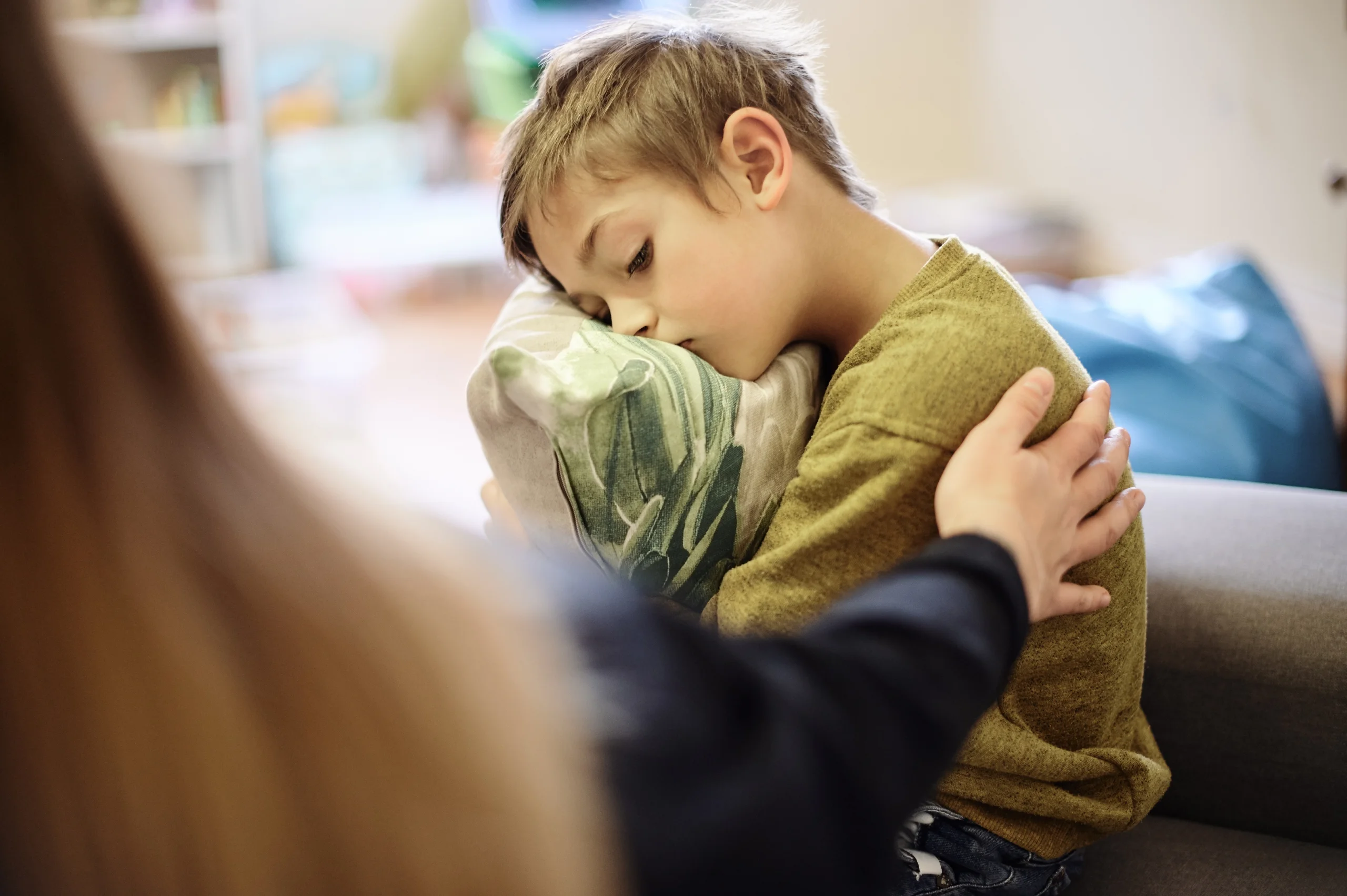Table of Contents
Parenting is a rollercoaster. One minute you’re celebrating a milestone, the next you’re wondering if that sudden outburst is just a typical toddler tantrum or something more. Navigating the ups and downs of childhood behavior can be tricky, especially when it comes to mental and emotional well-being. We all want our kids to be happy and healthy, but how do we know when a childhood quirk crosses the line into a potential mental health challenge? This guide aims to help parents differentiate between typical childhood behaviors and potential warning signs, offering practical advice and resources to support your child’s mental wellness journey.
Understanding the Developing Mind: What’s Normal?
Children’s brains are constantly evolving. They’re learning about emotions, social interactions, and how to navigate the world around them. This developmental process often involves experimentation, pushing boundaries, and experiencing a wide range of feelings, sometimes quite intensely. It’s perfectly normal for a young child to have occasional meltdowns, experience shyness in new situations, or struggle with sharing toys. These behaviors are often transient and part of the learning curve. For example, a preschooler might throw a fit when they don’t get their way, but quickly recover and move on to another activity. A child starting school might experience anxiety about leaving their parents, but gradually adjust to the new routine. These are typical reactions to developmental stages and new experiences.
It’s also important to remember that every child is unique. Just like adults, children have different personalities, temperaments, and coping mechanisms. Some children are naturally more outgoing and expressive, while others are more reserved. Some are more sensitive and easily overwhelmed, while others are more resilient. Understanding your child’s individual personality can help you interpret their behavior and recognize when something might be amiss.
When to Worry: Recognizing Potential Warning Signs
While some childhood behaviors are perfectly normal, others may indicate a potential mental health challenge. It’s crucial to be aware of the warning signs and seek professional help when needed. Here are some things to look out for:
- Changes in Mood: Occasional sadness or irritability is normal, but persistent and significant changes in mood, such as prolonged sadness, excessive irritability, or frequent tearfulness, can be a red flag. For instance, a child who used to be happy and energetic suddenly becomes withdrawn, irritable, and loses interest in activities they once enjoyed.
- Changes in Behavior: Look for significant shifts in behavior, such as increased aggression, withdrawal from social activities, changes in sleep or eating patterns, or difficulty concentrating. For example, a child who was previously well-behaved starts acting out at school or home, or a child who used to sleep soundly begins experiencing frequent nightmares or insomnia.
- Physical Symptoms: Mental health challenges can sometimes manifest as physical symptoms, such as headaches, stomachaches, or unexplained aches and pains. A child might complain of frequent stomachaches before school, or experience recurring headaches without any apparent medical cause.
- Regression: A child might regress to earlier behaviors, such as thumb-sucking or bed-wetting, after having already outgrown them. This can be a sign of stress or anxiety.
- Difficulty in School: A decline in academic performance, difficulty concentrating, or avoidance of school can also be a sign of underlying mental health issues. A child who used to be a good student might suddenly struggle with their grades or refuse to go to school.
- Social Withdrawal: If your child is withdrawing from friends and family, isolating themselves in their room, or refusing to participate in social activities, it’s important to pay attention.
- Self-Harm or Suicidal Thoughts: Any talk of self-harm or suicide should be taken extremely seriously. If your child is expressing thoughts of hurting themselves or wanting to die, seek immediate professional help.
It’s important to remember that these are just some of the potential warning signs. Every child is different, and the symptoms of mental health challenges can vary. If you have any concerns about your child’s mental or emotional well-being, it’s always best to consult with a qualified mental health professional.
Taking Action: Supporting Your Child’s Mental Wellness
If you’re concerned about your child’s mental health, the first step is to talk to them. Create a safe and supportive environment where they feel comfortable sharing their feelings. Listen empathetically without judgment, and reassure them that you’re there for them.
Here are some additional steps you can take:
- Consult with a professional: Talk to your child’s pediatrician or a mental health professional. They can assess your child’s needs and recommend appropriate treatment options, such as therapy or medication.
- Seek support: Connect with other parents, support groups, or online resources for information and guidance. Sharing experiences with others can be incredibly helpful.
- Promote healthy habits: Encourage your child to engage in healthy activities, such as regular exercise, a balanced diet, and sufficient sleep. These habits can have a positive impact on mental well-being.
- Teach coping skills: Help your child learn healthy coping mechanisms for dealing with stress and difficult emotions. This might include teaching them relaxation techniques, problem-solving skills, or how to identify and express their feelings.
- Create a supportive environment: Foster a loving, supportive, and understanding home environment where your child feels safe and accepted.
Remember, seeking help for mental health challenges is a sign of strength, not weakness. Early intervention can make a significant difference in a child’s long-term well-being.
Conclusion: You Are Not Alone
Parenting is a journey filled with joys and challenges. Navigating the complexities of childhood behavior and mental health can be daunting, but you are not alone. Many resources are available to support you and your child. By understanding the difference between typical childhood behaviors and potential warning signs, you can be proactive in ensuring your child’s mental and emotional well-being. Trust your instincts, and don’t hesitate to seek professional help when needed. Remember, prioritizing your child’s mental health is one of the most important things you can do as a parent. With love, support, and the right resources, you can help your child thrive and reach their full potential. Take a deep breath, you’ve got this! And remember, asking for help is a sign of strength, not weakness. We’re all in this together.










